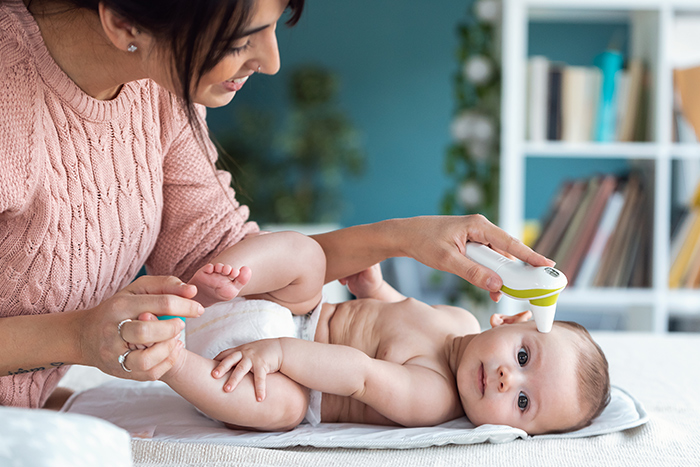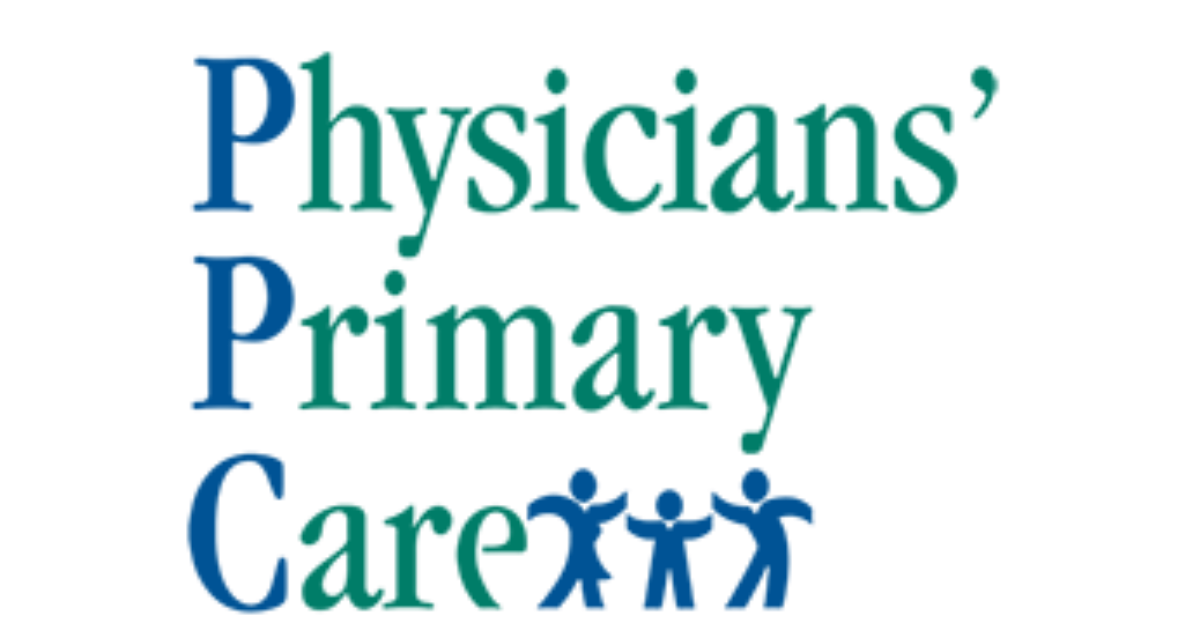Fever Treatment for Newborns and Infants
Posted on July 06, 2021Author: R. Nathan Landefeld, MD, FAAP

Fevers in a newborn or infant child can be scary for parents. Recommendations for fever treatment have also changed, so it is difficult for parents to know what is right or wrong.
We define fever as any temperature greater than 100.4°F. Anything less than this, even if elevated from a child’s normal, is not considered a fever. While fever is an indication of illness in a child, it is not an indication of how sick the child is. Very serious illness can occur with low-grade temperatures (101°F), and very common illnesses that will resolve quickly could result in moderately high fevers (104-106°F). In newborns under 2 months old, a fever should be evaluated immediately. In older infants and children, fevers can usually be managed at home and seen in the office depending on other symptoms of illness.
It is not recommended to alternate Tylenol and Motrin for fever. Giving medication to reduce fever around the clock dampens the immune system’s natural ability to fight infection. Additionally, an overdose is much more likely when giving two separate medications for fever. We recommend that parents use only one medication for treating the symptoms associated with fever. “Treat the child not the number” is a good rule when deciding whether to give medication. If the child is drinking well, alert, and showing no signs of discomfort, it would be reasonable to hold the medication and continue to monitor. If the child is uncomfortable, not drinking well, or constantly crying these would be good indications that a pain-reliever/fever reducer would be reasonable to give based on the child’s weight.


